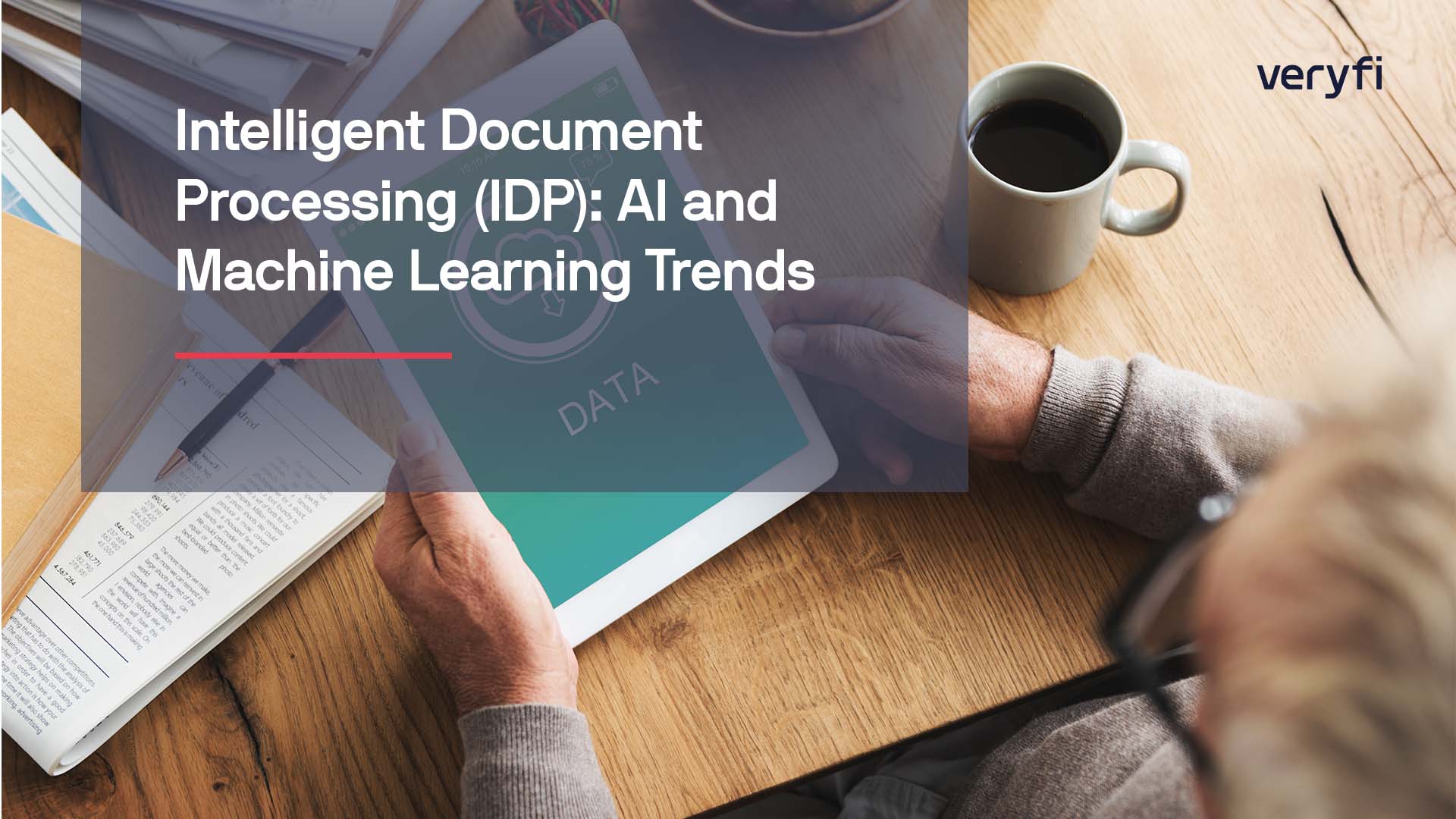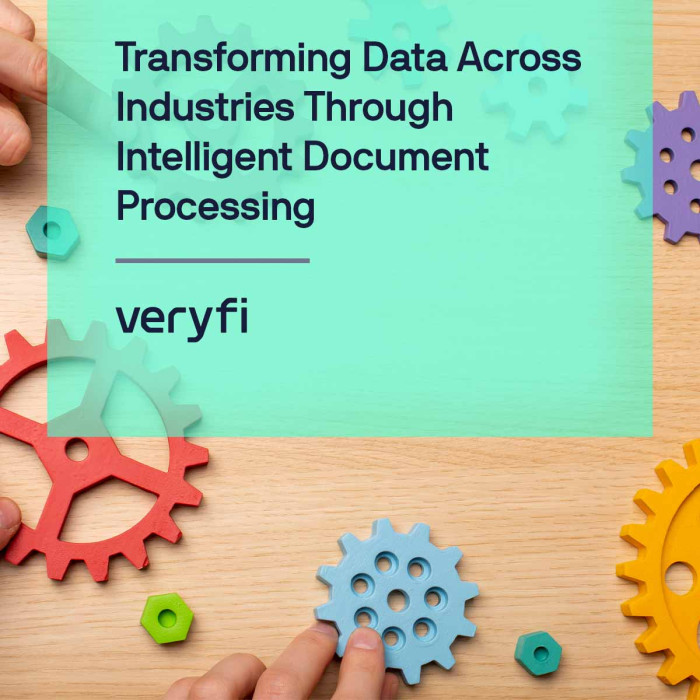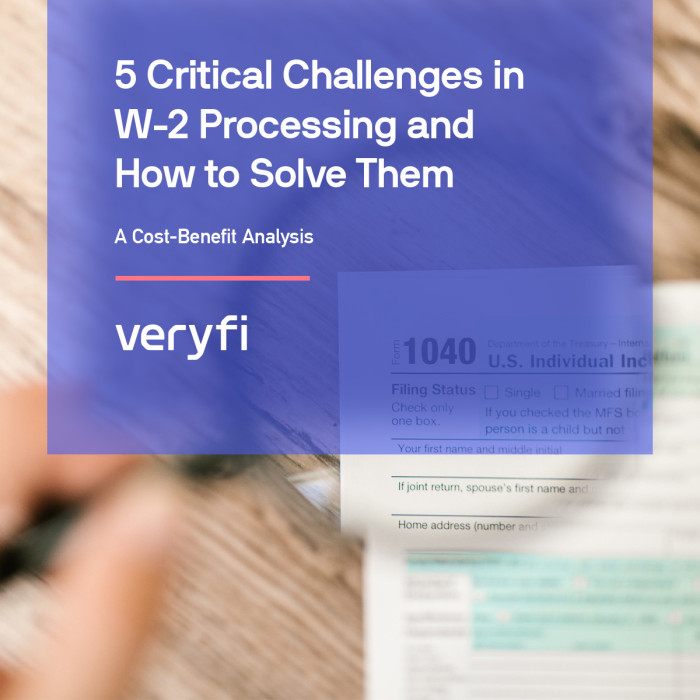Discover how Intelligent Document Processing (IDP) is revolutionizing document handling through AI and machine learning, delivering unprecedented accuracy and efficiency.
Understanding Intelligent Document Processing
Intelligent Document Processing (IDP) represents a sophisticated software solution that captures, transforms, and processes data from various document types – including emails, text files, Word documents, PDFs, and scanned materials. By leveraging advanced AI technologies such as computer vision, Optical Character Recognition (OCR), Natural Language Processing (NLP), and machine learning, IDP systems extract meaningful data that can be analyzed, categorized, and exported to external systems in an automated end-to-end process.
These solutions excel at handling:
- Structured documents (forms with predefined layouts)
- Unstructured documents (free-form content)
- Semi-structured documents (combining fixed and variable formats)
In a recent blog post, we have discussed the rise of unstructured data and how important it is to have effective unstructured data management. In this article, we will discuss how Intelligent Document Processing represents the next evolution in document automation with an estimation of USD 2.30 billion in 2024, using advanced AI and machine learning to transform unstructured document data into actionable business insights. This technology has become essential as organizations process increasing volumes of documents while demanding greater accuracy and efficiency.
The AI Revolution in Document Processing
Advanced Machine Learning Capabilities
Modern IDP solutions leverage sophisticated AI technologies:
- Natural Language Processing for context understanding
- Computer Vision for improved document recognition
- Machine Learning for continuous accuracy improvement
- Deep Learning for pattern recognition
- Neural Networks for complex data extraction
Automation Benefits
These metrics translate into tangible business outcomes. For example, a financial services firm processing 10,000 loan applications monthly can reduce processing time from days to minutes while improving accuracy and compliance. The system learns from each document processed, continuously improving its performance without manual intervention.
Future Trends in Intelligent Document Processing
The evolution of IDP continues through several key technological advances:
- Contextual Understanding: Modern IDP systems are moving beyond simple data extraction to understanding document intent and business context. This enables automated decision-making based on document content, not just data points.
- Adaptive Learning: Next-generation systems can learn from new document types in real-time, eliminating the need for extensive training periods or manual configuration. They automatically adjust to variations in document formats and content.
- Cross-Document Intelligence: Advanced IDP solutions now analyze relationships between multiple documents, understanding complex business processes and automatically routing information to relevant systems and stakeholders.
Implementation Considerations
Successful IDP implementation requires careful planning across several dimensions:
- Technical Infrastructure: Organizations must assess their document processing needs, existing systems, and integration requirements. This includes evaluating cloud versus on-premises solutions and ensuring adequate processing capacity.
- Process Optimization: Before implementing IDP, organizations should analyze and optimize their document workflows. This prevents automating inefficient processes and ensures maximum return on investment.
- Change Management: Successful implementation requires clear communication with stakeholders, comprehensive training programs, and a phased approach to deployment that allows for adjustment and optimization.
Leading the Evolution in Document Processing
IDP represents a fundamental shift in how organizations handle document-based information. As AI technology continues to evolve, IDP systems will become increasingly sophisticated, offering even greater accuracy, efficiency, and automation capabilities. Organizations that implement these solutions effectively will gain significant competitive advantages through improved operational efficiency and data accuracy.
Veryfi stands at the forefront of this evolution, building solutions that leverage deep expertise in IDP across industries. The OCR API platform combines enterprise-grade security, fully automated processing, and advanced AI capabilities to deliver accurate, efficient document processing at scale. With features like TLS 1.2 & 1.3 encryption, SOC 2 Type 2 certification, and zero human intervention, Veryfi ensures both security and accuracy in document processing.
Stay tuned for our next article, where we’ll explore industry-specific applications and use cases, demonstrating how Veryfi’s IDP solutions address unique challenges across sectors like finance, healthcare, insurance, and more. We’ll examine real-world implementations and the measurable impact on business operations, efficiency, and compliance.










